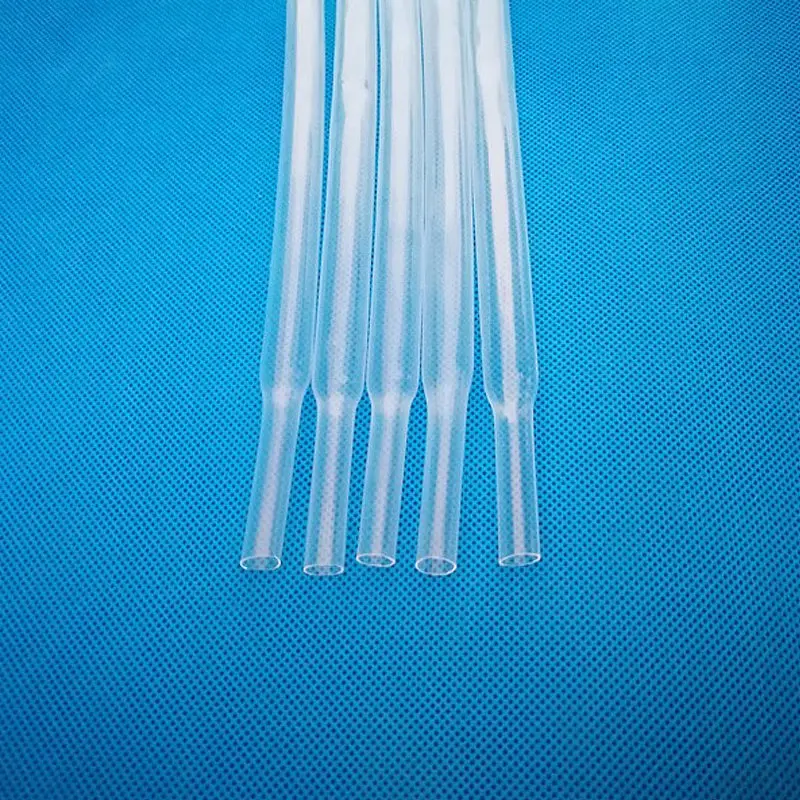Single Wall vs. Dual Wall Heat Shrink: Key Differences & Uses
marzo 17, 2025
Choosing the Right Heat Shrink: Coverage & Protection
Trying to decide between single wall and dual wall heat shrink tubing? The right choice depends on the level of protection you need. Understanding their differences ensures you get the best performance for your project. Let’s break it down.

Shared Characteristics
Both single and dual wall heat shrink serve the same primary function: to insulate, seal, and protect wires, cables, and other electrical components. These tubes contract when exposed to heat, creating a tight, secure layer around the applied surface. The result is a smooth, durable, and professional finish.
Heat shrink tubing is widely used across industries and DIY applications due to its affordability, ease of installation, and versatility. Whether you’re an electrician, hobbyist, or just fixing a frayed cable at home, heat shrink is an essential tool for long-lasting protection.
Understanding the Differences
Wall Construction: What’s in the Layers?
A “wall” in heat shrink tubing refers to the material layer that provides insulation and shielding. The type and number of walls impact performance, protection, and durability.
Single Wall Heat Shrink: Composed of a single layer of shrinkable polymer, offering basic insulation and strain relief.
Dual Wall Heat Shrink: Features an additional inner layer of adhesive (hot melt glue) that activates during shrinking, creating a waterproof, more resilient seal.
Just as the walls of a house protect against external elements, heat shrink walls safeguard electrical connections from moisture, abrasion, and mechanical stress. More walls equal more protection.
Strengths & Applications
Single Wall Heat Shrink
Ventajas:
Quick and easy to use
Lightweight and flexible
Available in a range of colors for coding and organization
UV-resistant black options for outdoor durability
Best For:
Basic insulation and strain relief
General-purpose wiring projects
Color-coded identification of cables
Low-exposure environments with minimal moisture and wear
Dual Wall Heat Shrink (Adhesive-Lined)
Ventajas:
Stronger, more durable protection
Seals out moisture, dirt, and contaminants
Provides additional mechanical reinforcement
Ideal for extreme temperatures and harsh conditions
Best For:
Waterproofing and environmental sealing
Outdoor and underground applications
Automotive and marine wiring
Industrial and heavy-duty use
Choosing the Right Thickness
Heat shrink tubing is available in different wall thicknesses, each designed for varying levels of protection.
Single Wall Options:
Ultra-thin – Minimal bulk, ideal for lightweight applications.
Thin – General-purpose insulation and identification.
Medio – Increased durability for moderate stress applications.
Dual Wall Options:
Thin – Light adhesive layer for simple waterproofing.
Medio – Balanced protection against moisture and mechanical wear.
Heavy – Maximum strength and sealing for extreme conditions.
Making Your Selection
For everyday use and general protection, single wall tubing is a quick and effective choice. If your project involves moisture, vibration, or extreme conditions, dual wall heat shrink offers the enhanced security you need.
Final Thoughts
Heat shrink tubing is a simple yet powerful way to protect electrical connections. Single wall is lightweight, flexible, and colorful, while dual wall provides superior durability and waterproofing. Choose wisely based on your environment and protection needs—because when it comes to heat shrink, the right wall makes all the difference.
 +86-13752771911
+86-13752771911 E-mail:ptfetube@yozonetech.cn
E-mail:ptfetube@yozonetech.cn


